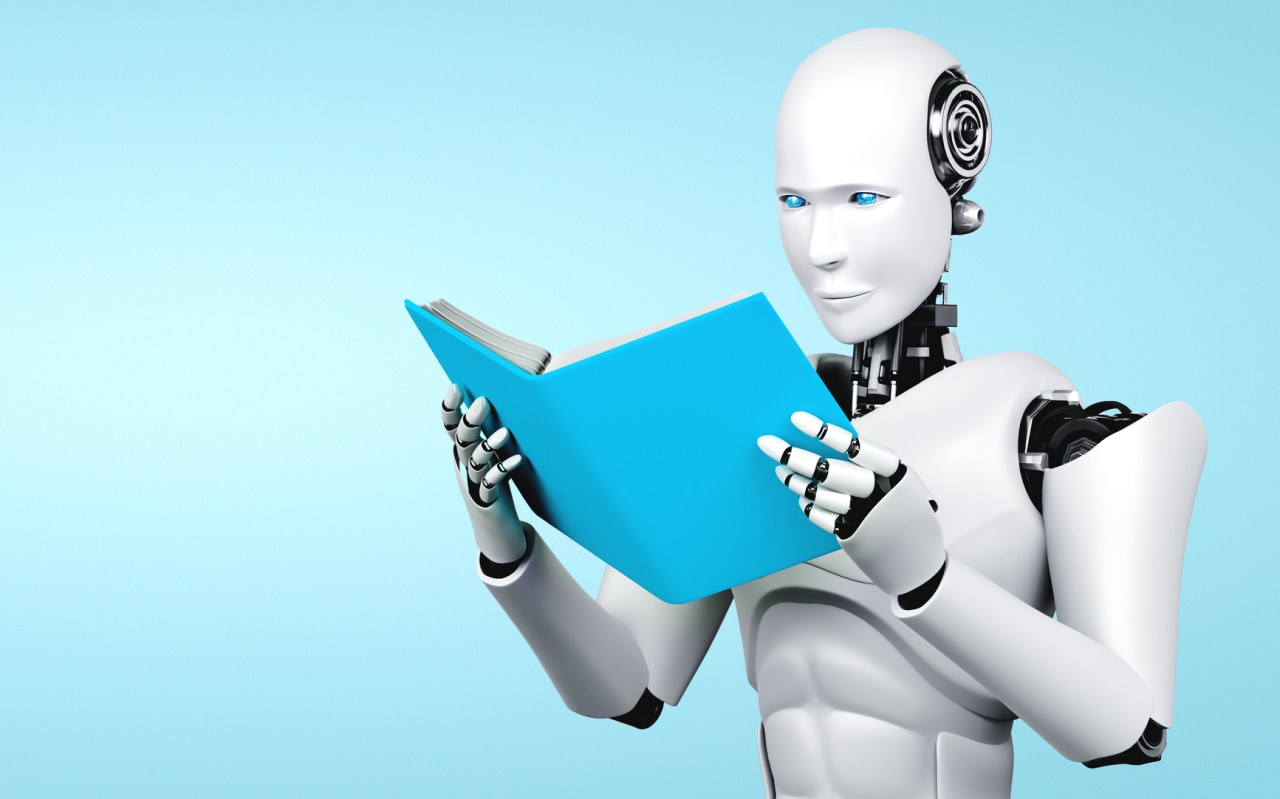As technology speeds ahead, the dream of creating autonomous robots approaches a tantalizing reality. The spotlight recently fell on Elon Musk’s ambitious announcement regarding the Tesla Bot, intended to mimic human capabilities, from grocery shopping to assisting in daily tasks. While the idea is captivating, it surfaces pertinent questions about the feasibility of such robots and the complex mechanics of their development. Can robots truly design themselves? The answer might be tied to the concept of evolutionary robotics.
The State of Autonomous Robotics
Taking a closer look at the technological advancements in robotics reveals a juxtaposition of promise and reality. For example, Boston Dynamics has invested over a decade perfecting its Atlas robot, comprising powerful algorithms that enable remarkable physical feats like running and jumping. However, despite its staggering capabilities, Atlas still struggles with autonomous functioning in everyday environments.
This gap leads us to explore an intriguing domain: evolutionary robotics. The theoretical underpinnings date back to the 1950s when visionaries like Alan Turing suggested that complex machine intelligence may be better achieved through evolutionary processes rather than direct design. Ultimately, this represents a paradigm shift in our approach to robotics.
The Evolutionary Robotics Phenomenon
Evolutionary robotics operates on the premise that robots can “evolve” through processes akin to natural selection. A landmark study from 2010 illustrated the potential of this approach, where robots, outfitted with various sensors and motors, underwent evolutionary trials aimed at achieving fitness goals. The results were striking: what started as uncoordinated movements transformed into efficient behaviors through random mutations and selective reproduction.
Fast forward to today, and we find ourselves equipped with powerful tools to implement this concept. Rapid prototyping, enhanced materials, and neural networks are right at our fingertips. For instance, NASA has harnessed artificial evolution to pioneer cutting-edge satellite technologies. Additionally, a collaboration between researchers resulted in the creation of “xenobots,” biological machines devised in simulations that showcase unique capabilities, including self-healing and payload movement.
Real-world Applications of Autonomous Robots
Imagining real-world applications for autonomous robots reveals a multitude of pressing needs they could address, such as:
- Disaster Response: Robots equipped with sensors could dynamically navigate hazardous environments, offering search-and-rescue support during emergencies, like the tragic condo collapse in Surfside, Florida.
- Building Inspections: With the potential to automate structural assessments, robots can conduct frequent evaluations of aging infrastructures, detecting issues that may otherwise slip through the cracks.
- Event Security: At massive gatherings, autonomous drones could monitor crowds for emergencies, medical concerns, or even potential threats far more effectively than human personnel.
The Challenges Ahead
Despite the fascinating potential, we must acknowledge the considerable hurdles that lie ahead. Navigating the nuanced complexities of human environments poses a constant challenge for robotic autonomy. Tasks like grocery shopping encompass a labyrinth of decision-making, from safely crossing streets to interacting with people. Moreover, ethics and safety considerations must pivot from the design phase to real-world applications to ensure human welfare is paramount.
Furthermore, as automation grows, there are looming concerns regarding workforce displacement. While some propose viable solutions like universal basic income, the socio-emotional consequences of such shifts warrant careful examination. Humans draw intrinsic value from work and creativity, and an abrupt transition into widespread automation could precipitate profound psychological effects.
Conclusion: The Path Forward for Robotics
The expedition into autonomous robotics and evolutionary computation presents a compelling vista of future possibilities. The journey is only just beginning, with ample opportunity for collaboration across disciplines. Our understanding of biological evolution can inform robotics designs that mimic life’s inherent adaptability and resilience.
With the right investments in research and development, we can pave the way for a new breed of robots capable of assisting in various sectors, from healthcare to environmental sustainability. As we stand on the verge of this technological frontier, embracing the potential of evolutionary robotics might very well lead humanity towards innovations that change the fabric of our existence. At fxis.ai, we believe that such advancements are crucial for the future of AI, as they enable more comprehensive and effective solutions. Our team is continually exploring new methodologies to push the envelope in artificial intelligence, ensuring that our clients benefit from the latest technological innovations.
For more insights, updates, or to collaborate on AI development projects, stay connected with fxis.ai.

